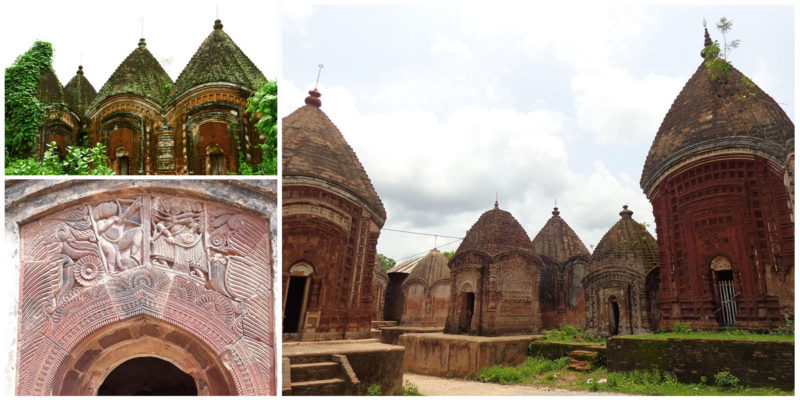There are 72 stunning ancient temples out of the original 108 in the village of Maluti near Shikaripara in the Indian state of Jharkhand. These temples are known as Maluti temples and were built by the kings of the Baj Basanta dynasty. They are distributed in four clusters belonging to the Madhayam Bari, the Rajbari and Sikir Bari and the last one to Chhai Taraf.
According to the Indian Trust for Rural Heritage and Development, construction of the temples began in the 17th century, and it continued until the 19th century. The other 36 temples were ruined through time, and the remaining 72 that survive are abandoned and not maintained. Apart from these, new temples were built dedicated to the Goddess Mauliksha from whom the village gets its name.
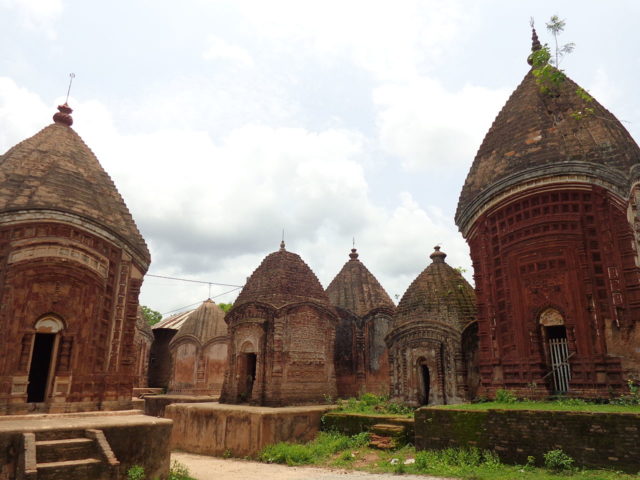
From the 17th century, many of the Maluti temples were dedicated to various Hindu Gods such as Shiva, Krishna, Vishnu, Parvati, Durga, Kali, and Lakshmi. Most are built in the four-sloped-roofs form of architecture also known as char-challa. This style was unusual for the area, and it is said that specialist artisans from Bengal took care of the numerous unique designs of the temples. Almost all of them have intricate carvings, each telling a different story from the Hindu mythology. For example, on the Madhyam cluster temples, there is a scene between Rama and Ravana which is found carved differently in several surrounding temples. It is a group of stories from the Ramayana including Rama, Sita, Hanuman and more.
The largest of the clusters is the combined group of Rajbari and Sikir Bari, filled with several temples different in size and shape. Sikir Bari is also carved with scenes from the Ramayana, and the most impressive construction is the roofless hexagonal Rasmancha.
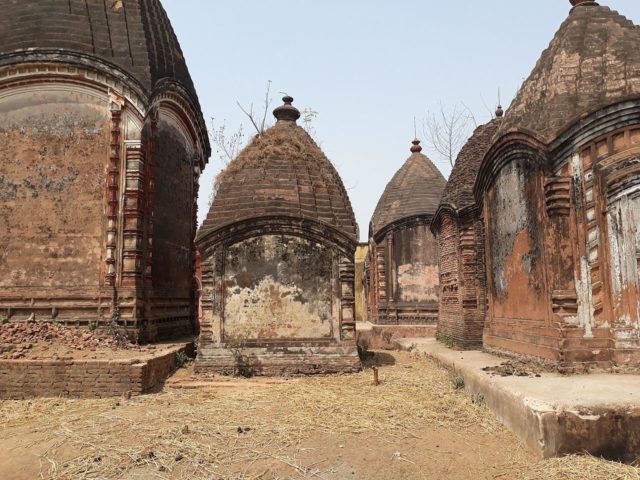
The Chhai Taraf cluster is filled with temples made in char-challa style, and it has amazing terracotta carvings. Many of the temples are dedicated to the god Shiva, and several to the goddess Kali. Another important temple is that of Shiva’s wife, Devi or Parvati. The carving of Durga with her children is also a standard panel found in the arches of the structures.
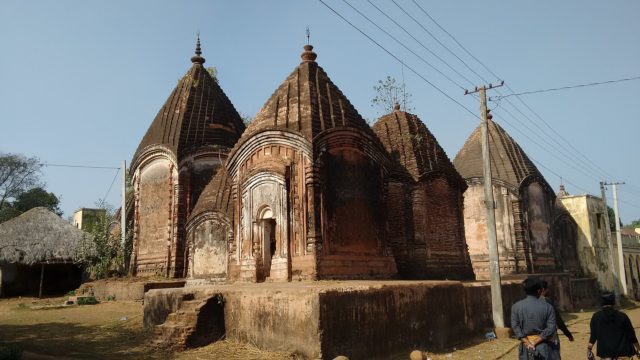
Besides Ramayana, there are many temples carved with scenes from Mahabharata, also with battlefield scenes and carvings of the god Krishna. Some of them have inscriptions written in Sanskrit, Prakrit, and Bengali dated as Shaka Era which talks about the building and the political history of that period.
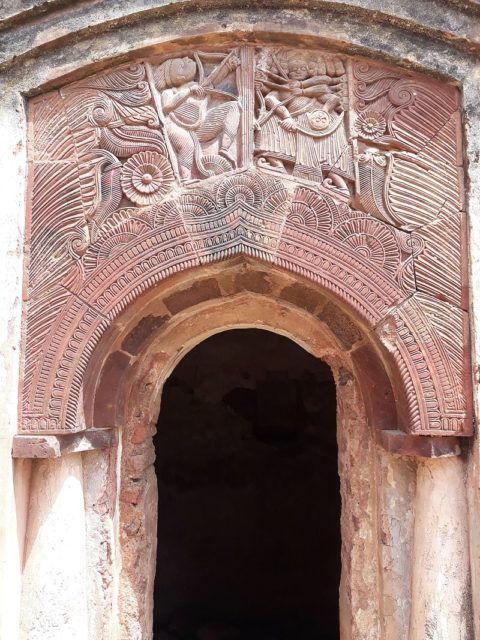
These magnificent structures are the village’s symbols but also their biggest concern, because the people are angered by the bad management of the old buildings. The SHE (Save Heritage and Environment) organization made plans to conserve the temples that are left. A study was done with the goal to prepare plans for the restoration of the structures.
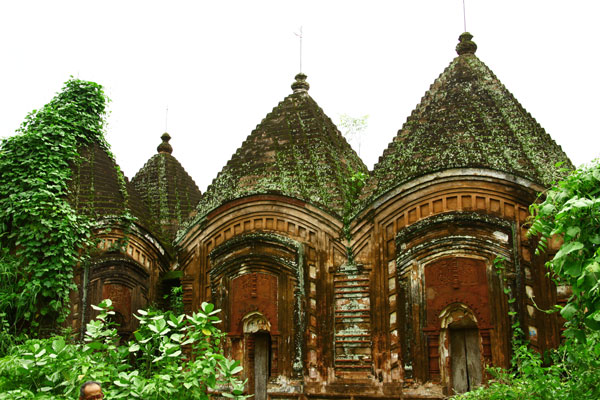
Many other organizations are involved in this preparation such as the Global Heritage Fund and the Indian Trust for Rural and Heritage Development. The village with its temples was included among the world’s twelve vanishing cultural heritage sites to increase consciousness about the situation. It is a very delicate area, and the final plan before anything starts has to be defined very carefully.
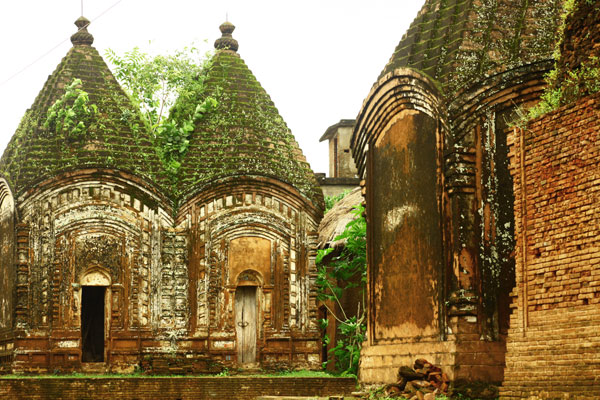
People who come to visit the site go into hotels in the surrounding cities because there are no accommodations of this kind in the village. The nearest railway station to the complex is Rampurhat in Birbhum. The place is peaceful, and it has a unique energy because of the temples. Nature embraces some of them, and they look even more stunning. They became known in 1979, when the Director of Archaeology in Bihar, A. K. Sinha, publicized them. Maybe in the future, they will be restored to their former glory.
